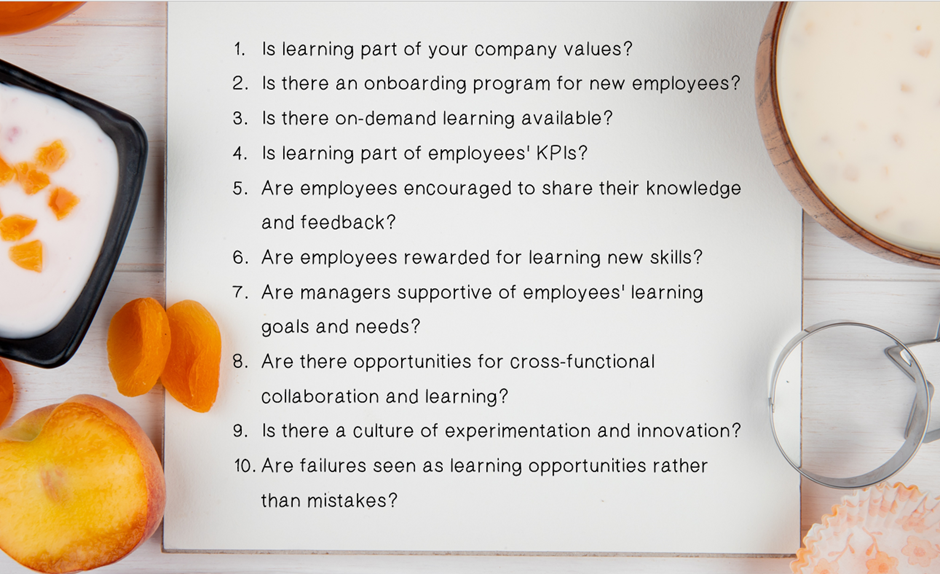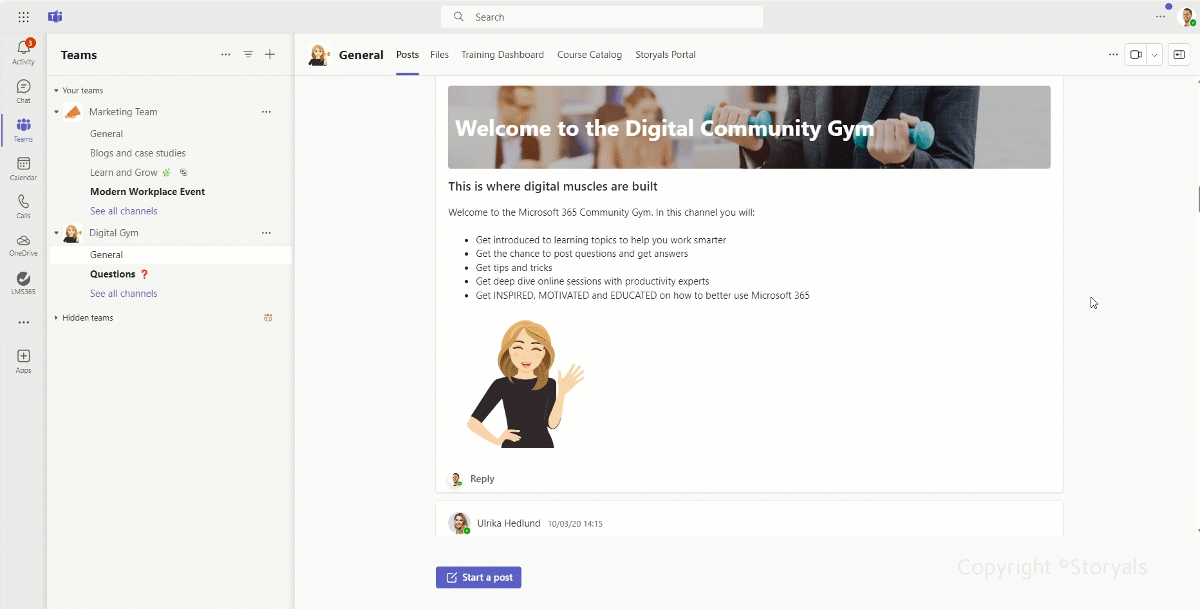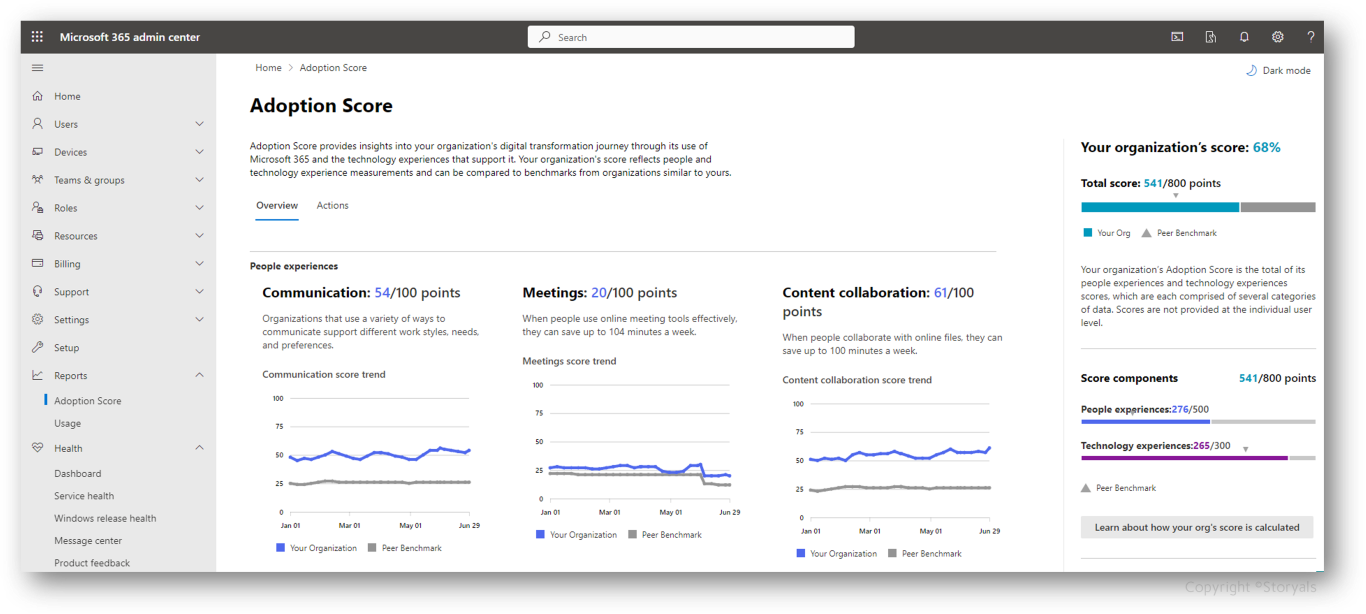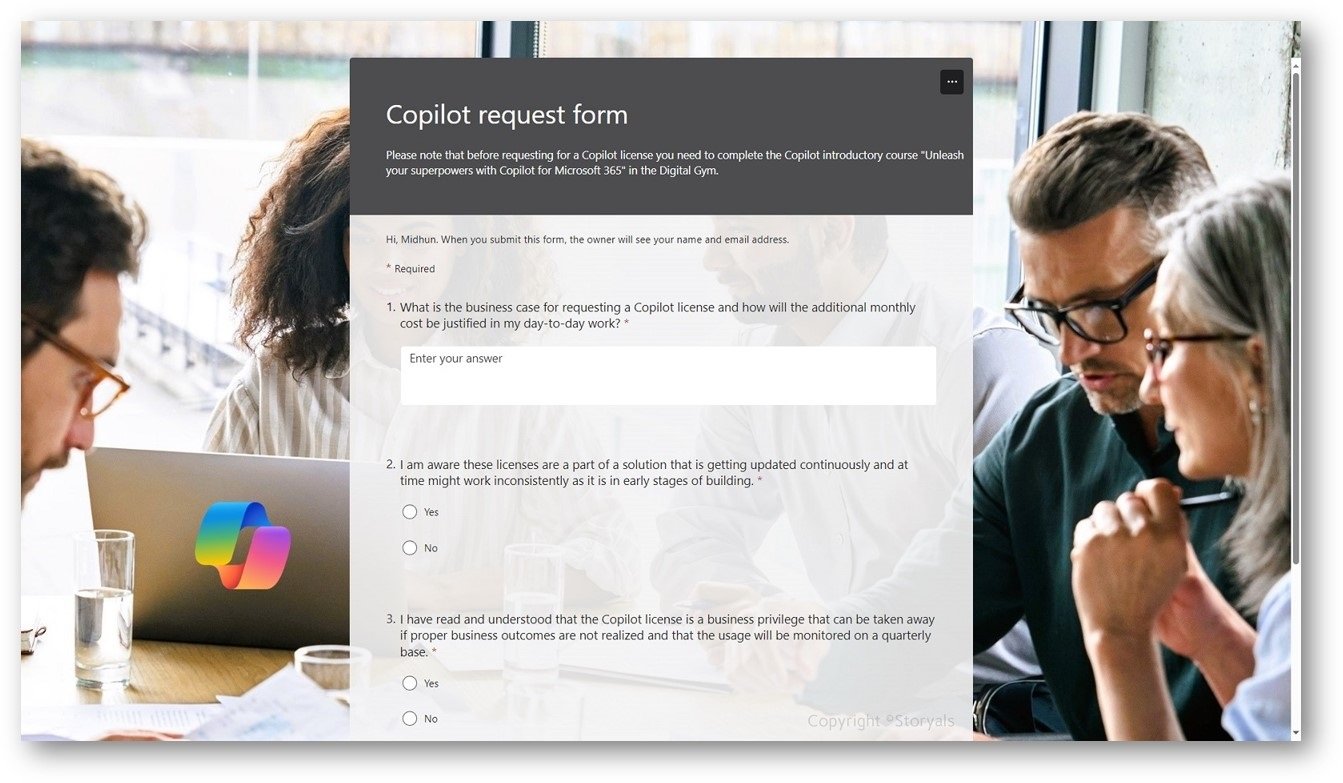As most people that work with digital transformation know, it is more about people than technology. As experts in change management and adoption, at Storyals we often get asked how to get employees to embrace new digital tools and adopt new ways of working. There is no simple answer or silver bullet for success. It’s a combination of a number of things. In this blog post, we will share 5 tips for successfully driving end-user adoption of new digital tools.
Tip 1: Make learning part of your culture
Like so many things, it starts from the top. Having senior leaders that lead by example and actively demonstrate that learning, and trying new things without fear of failure is essential for company success - is key. Satya Nadella, CEO of Microsoft, is often cited as saying that the move toward a learning culture at Microsoft is one of the critical elements for the company’s success. Other leaders that are known to have successfully created learning cultures include Reed Hastings, CEO of Netflix, and Jeff Bezos, former CEO of Amazon. But it’s not just enough that your leaders talk about learning, it also needs to be reflected in how the business is run. Are adequate business resources, i.e. time, money and attention allocated to skilling? To evaluate if you have a strong learning culture, check how many of the below questions you answer “Yes” to:

Tip 2: Provide engaging and relevant training
When it comes to training, at Storyals we often use the analogy of a “gym". In order to stay in shape and be healthy you need to exercise. The likelihood of you exercising is much higher if you have access to training equipment anytime, you can join instructor-led classes, and for some even do a session or two with a personal trainer. The same applies to digital upskilling. Provide your employees with on-demand courses, group coaching sessions or webinars, and for some, 1-1 digital coaching.
Training should not be a one-time event, but a continuous process that adapts to the needs and preferences of the users. Make training interactive, practical, and fun, so that users can learn by doing and see the immediate value of new digital tools.

Tip 3: Empower champions and influencers
A third tip for driving end-user adoption is to empower champions and influencers within your organization. In any organization, there will be some people who are eager to adopt new tools and new ways of working. These are the people who are enthusiastic about the new digital tools, who can inspire and motivate others, and who can provide feedback and support. Identify these champions and influencers and involve them in the adoption process. Give them recognition, incentives, and opportunities to share their experiences and best practices with their peers. A challenge for many organizations is keeping these champion networks alive. Like any community, you need to have someone responsible to ensure your champions are provided with opportunities to learn new things, share experiences, and get recognized for their efforts. Think consistency and longevity rather than doing too much initially and then losing momentum.
Tip 4: Measure and monitor adoption
As Peter Drucker’s famous quote goes, “If you can’t measure it, you can’t improve it”. A key to improving end-user adoption is to measure and monitor the adoption of the new digital tools. If you are using Microsoft 365 there are built-in reports you can use to measure the usage of various apps. By measuring and monitoring adoption, you can identify gaps and areas for improvement, and adjust your strategy accordingly. You can also celebrate successes and showcase examples of how the new digital tools are making a difference.

To learn more about reporting and usage analytics, please refer to our previous blog post How to use Microsoft Adoption Score.
Tip 5: Make learning mandatory
The final tip, which is quite controversial for many organizations, is to make learning mandatory. Many managers are worried about enforcing this because users might complain. And yes, many users do complain about tedious, time-consuming training that is required due to compliance. However numerous studies show that investing in employee training has incredible returns. Not only does training support developing skills, but it also shows employees that they are valuable. 94% of employees claim that they would stay longer with an organization that invested in their learning.
If you are still not able to push through mandatory training on digital ways of working for all employees there are alternatives. Including mandatory digital upskilling in onboarding programs is a perfect example. When new employees join your company, they will be happy and eager to learn new things. Another example is when users request something – like a Copilot license! Implement a process where users have to go through the required training before getting the benefit. Like getting a driver’s license before getting a car. Makes perfect sense!

To conclude, digital transformation is not only about technology, but also about people. To succeed in the modern workplace, organizations need to invest in digital upskilling for their employees and create a culture of learning and innovation. Storyals can help you achieve this by providing engaging and inspiring storytelling-based training that will motivate your users to adopt new ways of working. Whether you want to make learning mandatory or voluntary, we have solutions that suit your needs and budget. Contact us today and let us help you unleash the full potential of your digital workplace.
